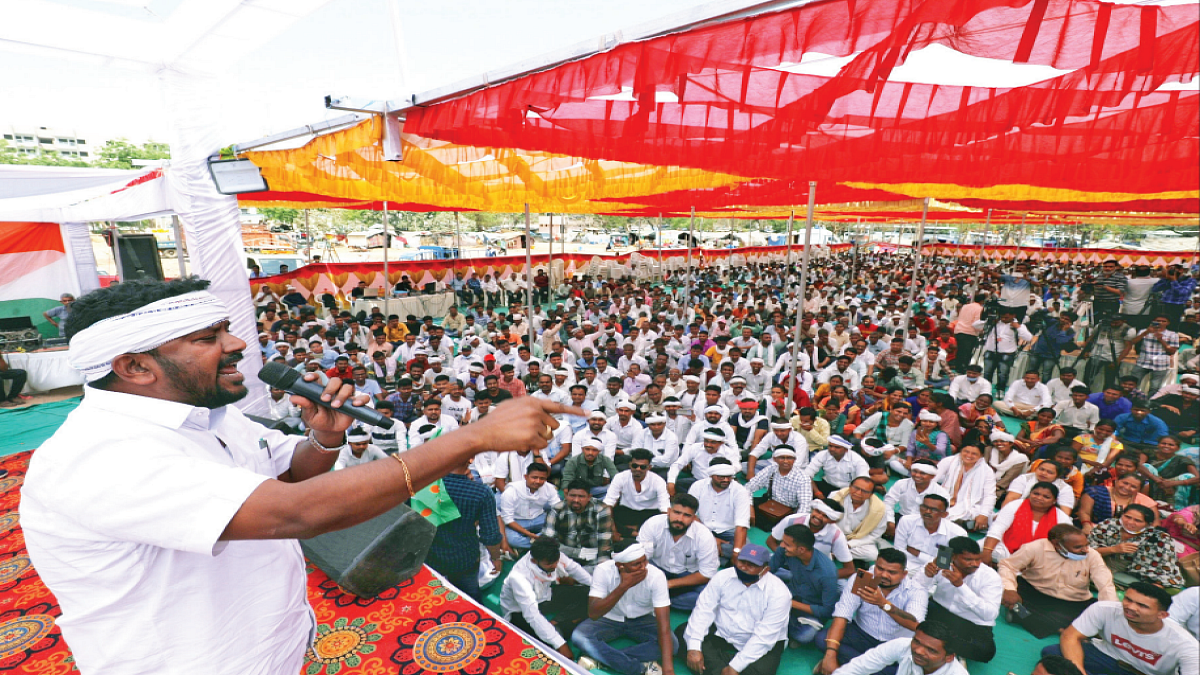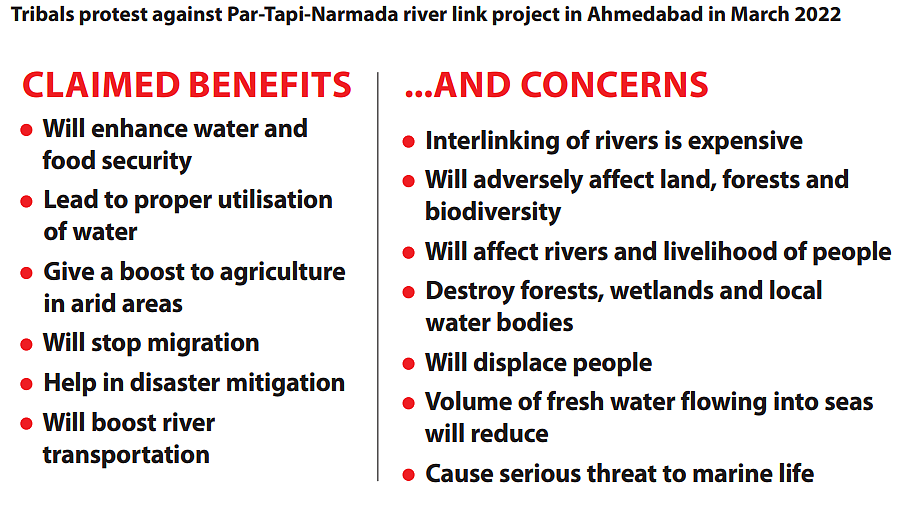Why linking rivers is a bad idea
The river-linking project looks like a vanity project, a prestige issue to score a point

In the Rig Veda sage, Vishwamitra addresses rivers Beas and Sutlej and says, “You move like chariots to the sea…you are full of water and wish to unite with each other…”. The rivers humbly reply, “We move along the path the gods have made for us”.
Most rivers in this country as elsewhere have followed the same path for centuries, if not longer. The confluence of rivers is revered and is used to host religious and cultural fairs. But there is renewed consternation four decades after the idea was first mooted, the river-linking project seems to be finally moving.
Objections that tinkering with nature could be disastrous have been overruled. Doubts that artificially changing the course of rivers could have unforeseen consequences have been dismissed. Concerns that the project is unviable and prohibitive have been brushed aside. The Ken-Betwa project, it was announced, would take eight years to complete and cost Rs 39,000 crore. With time and cost over-runs almost a certainty, how does the cost-benefit ratio stack up? Nobody quite knows for sure.
It is true that protests by tribals in Gujarat have forced the government to shelve the Par-Tapi-Narmada linking project. While the assembly election later this year almost certainly prompted the decision, it is also clear that if the BJP returns to power in Gujarat, the plan will be revived next year.
The river-linking project looks like a vanity project, a prestige issue to score a point. Current accounts claim that as many as 29 meeting points involving 37 rivers have been identified to unleash the world’s first such intervention on this scale. The National River Links Project generated much heat and dust during UPA government and was eventually discarded on environmental and social considerations. Post2014 it has been revived but even the Modi government has found the going tough despite its clear majority in the Lok Sabha as it took nearly seven years to break the ice and make the first move.

The cost of the scheme was stated by the Union water resources minister to be around Rs 11 lakh crore (about $160 billion) in 2016 and would be closer now to around Rs 15 lakh crore (about $220 billion). However, the ecological and social costs may easily outstrip the economic ones.
Rivers have found their current paths over thousands of years, all the time creating a balance with other changes taking place in nature. To force different and artificial, human designated paths on them within the space of a decade or so would involve forcing too many changes in the environment within a very narrow time span, without really understanding all the possible impact on environment and various forms of life.
When this is done more or less simultaneously for 37 rivers this may amount to creating a mess that is easier to create but far more difficult or impossible to clean. What is more, to attempt this at a time when climate change is triggering erratic and intense weather conditions and extremely uncertain and unpredictable climatic conditions, is a folly of monumental proportions.
Different forms of life flourish in different rivers. There are also differences in water quality and different kinds of vegetation and minerals which the rivers absorb as they flow. How the various life-forms from fish to water birds will be affected when waters of two rivers are merged artificially, can scarcely be predicted precisely even after decades of careful research, but unmindful of the concerns, the government is plunging headlong into uncharted territory.
Water-transfer paths are easier to draw on paper than on land—through real villages and forests, plateaus and hills. The costs in terms of millions of trees felled and hundreds of thousands of people displaced may turn out to be far too high. In addition, the economic and energy costs of lifting water over highlands may also be enormous.
The details available for two of the sub-projects in the more advanced stage are indicative of the kind of problems that may be witnessed in the near future.
The Ken-Betwa Link project in central India involves felling of 2.3 million trees, according to estimates made years back. More recent estimates indicate nearly 3 million trees will face the axe. The leading aim of this project, stated officially, is to reduce water scarcity in Bundelkhand region, but available studies on the water scarcity of this region say that deforestation has been a leading cause of water scarcity there.
Ironically, the water scarcity caused by (among other factors) deforestation is sought to be remedied by axing 2 to 3 million more trees. Could it be a good beginning?
This project involves transfer of surplus water from the river Ken to the river Betwa, but the availability of any surplus water in the Ken during the lean season (when it will be needed) has been denied time and again. In fact, due to excessive sand mining and other factors, the Ken river has been depleted in recent years. As both rivers flow broadly in the same region and generally face similar weather conditions, the transfer of ‘surplus’ water defies logic.
The other recently discussed case has been that of the Par-Tapi-Narmada link which threatens to displace several tribal communities in western parts of the country, particularly in the state of Gujarat. As the project was being speeded up earlier this year, there were so many protests led by tribal communities that the government had to suspend the project for the time being.
These experiences with initial sub-projects are likely to be repeated in most of the 29 such sub-projects of the National RiverLinks Project. These early warnings must be heeded to reconsider the entire project which is likely to result in unbearably high ecological, social and economic costs.
(Bharat Dogra is honorary convener, Campaign to Save Earth Now)
Follow us on: Facebook, Twitter, Google News, Instagram
Join our official telegram channel (@nationalherald) and stay updated with the latest headlines
